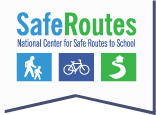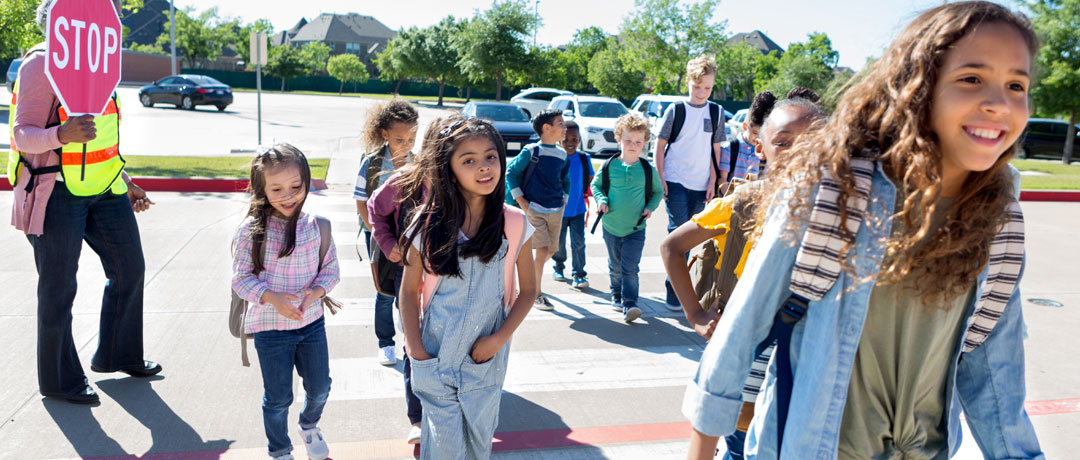
Safe Routes
National Center for Safe Routes to School
- Main Menu
- Leading Bike Buses
- Teaching Young Pedestrians
- Partnering with Youth
- Understanding School Travel Patterns
- Changing Infrastructure
- Improving School Zone Safety
- Planning for Automated Driving
- Getting to the School Bus
- Supporting Students with Disabilities
- Building on the Federal SRTS Program
- Quick-build Projects
- Walk & Bike to School Days
- Vision Zero for Youth
- What We Believe
- What We Do
- History and Funding



